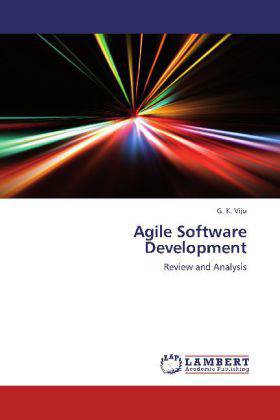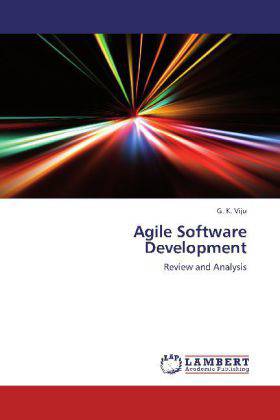
- Afhalen na 1 uur in een winkel met voorraad
- Gratis thuislevering in België vanaf € 30
- Ruim aanbod met 7 miljoen producten
- Afhalen na 1 uur in een winkel met voorraad
- Gratis thuislevering in België vanaf € 30
- Ruim aanbod met 7 miljoen producten
Zoeken
Omschrijving
Agile- denoting the quality of being agile; readiness for motion; nimbleness, activity, dexterity in motion - software development methods are attempting to offer an answer to the eager business community asking for higher weight along with faster and nimbler software development process. Agile methods are creating a buzz in the software development community, drawing their fair share of advocates and opponents. While some people consider agile methods the best thing that has happened to software development in recent years, other people view them as a backlash to software engineering and compare them to hacking. The aim of this book is to introduce the reader to agile methods allowing him/her to judge whether or not agile methods could be useful in modern software development and discusses the history behind agile methods as well as the agile manifesto, a statement from the leaders of the agile movement. It also provides to fill the gap by systematically reviewing the existing literature on agile software development methodologies.
Specificaties
Betrokkenen
- Auteur(s):
- Uitgeverij:
Inhoud
- Aantal bladzijden:
- 408
- Taal:
- Engels
Eigenschappen
- Productcode (EAN):
- 9783659339844
- Uitvoering:
- Paperback
- Afmetingen:
- 150 mm x 220 mm

Alleen bij Standaard Boekhandel
+ 155 punten op je klantenkaart van Standaard Boekhandel
Beoordelingen
We publiceren alleen reviews die voldoen aan de voorwaarden voor reviews. Bekijk onze voorwaarden voor reviews.











